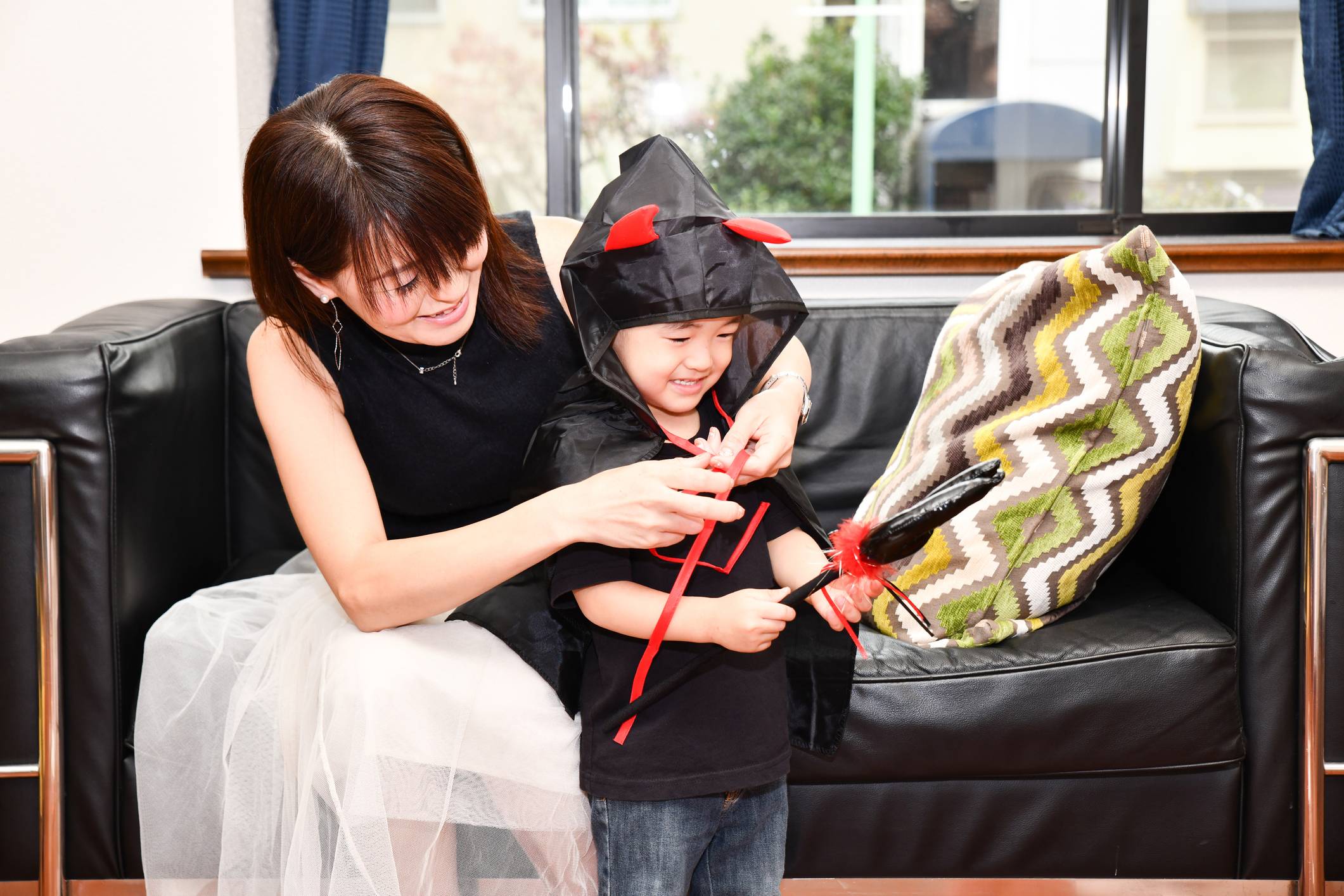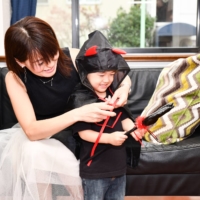This probably won’t come as a surprise to anyone but when you’re trying to talk about your Halloween plans in Japanese, the main verb you’ll need to know is 着る (kiru, to wear).
While mainly used with what you wear, 着る isn’t limited to clothing. You can 恩に着る (on ni kiru, feel indebted) when you’re grateful to someone, or you can “wear” someone else’s 罪 (tsumi, guilt), as in 罪を着る (tsumi o kiru, to take the blame). Using the passive form reverses the sentiment: 罪を着せる (Tsumi o kiseru) will have you pinning blame or a crime on someone else.
The kanji 着 (ki/chaku/jaku/tsu) is also used in a variety of compound forms, such as: 着替える (kigaeru, to change clothes), 着飾る (kikazaru, to dress up), 着こなす (kikonasu, to wear stylishly) and 着回す (kimawasu, to mix and match). The term 着用する (chakuyō suru) is synonymous with 着る, but it’s often used for equipment such as マスクを着用する (masuku o chakuyō suru, to wear a mask).
If you’re going to a Halloween party, you’ll likely 仮装する (kasō suru, wear a costume). More familiarly, you can also say コスプレする (kosupure suru, to cosplay). But コスプレ (kosupure), an abbreviation of コスチュームプレイ (“costume” and “play”) connotes an act of turning into characters from anime and games. We may not use cosplay when we dress up as Dracula, for example.
Finally, if you spot a friend sporting an amazing Halloween costume, give them a “着こなしてるね!” (Kikonashiteru ne!, Wow, you wear that well!)




















With your current subscription plan you can comment on stories. However, before writing your first comment, please create a display name in the Profile section of your subscriber account page.